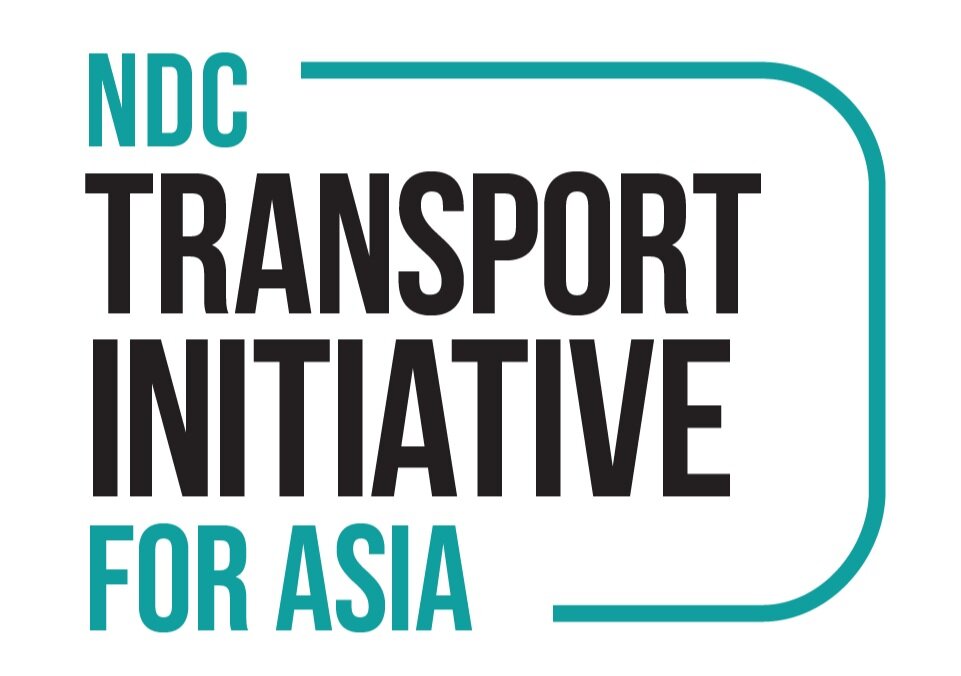Trends of New Passenger Cars in China: Air Pollutant and CO2 Emissions And Technologies, 2012–2021
By Yuntian Zhang and Hui He
Achieving China’s dual ambitions of peak carbon dioxide (CO2) emissions by 2030 and carbon neutrality by 2060 will require a strong focus on the transport sector and that transport-related air pollutant and CO2 emissions be monitored and regulated in a coordinated fashion going forward. The fundamental data about the current baseline and historical trends in this report can support such coordinated regulation. In analyzing the period from 2012 to 2021, the authors find many highlights, including that consumer preference has trended toward larger, heavier, and more functionally powerful vehicle segments. Additionally, the certified CO2 emission rate of the entire new passenger car fleet, normalized to the New European Driving Cycle, decreased by 18% from 2012 to 2021, to 129 g/km. When solely looking at internal combustion engine vehicles, however, the reduction in CO2 emission intensity is less remarkable.
Read more at theicct.org.

